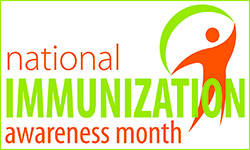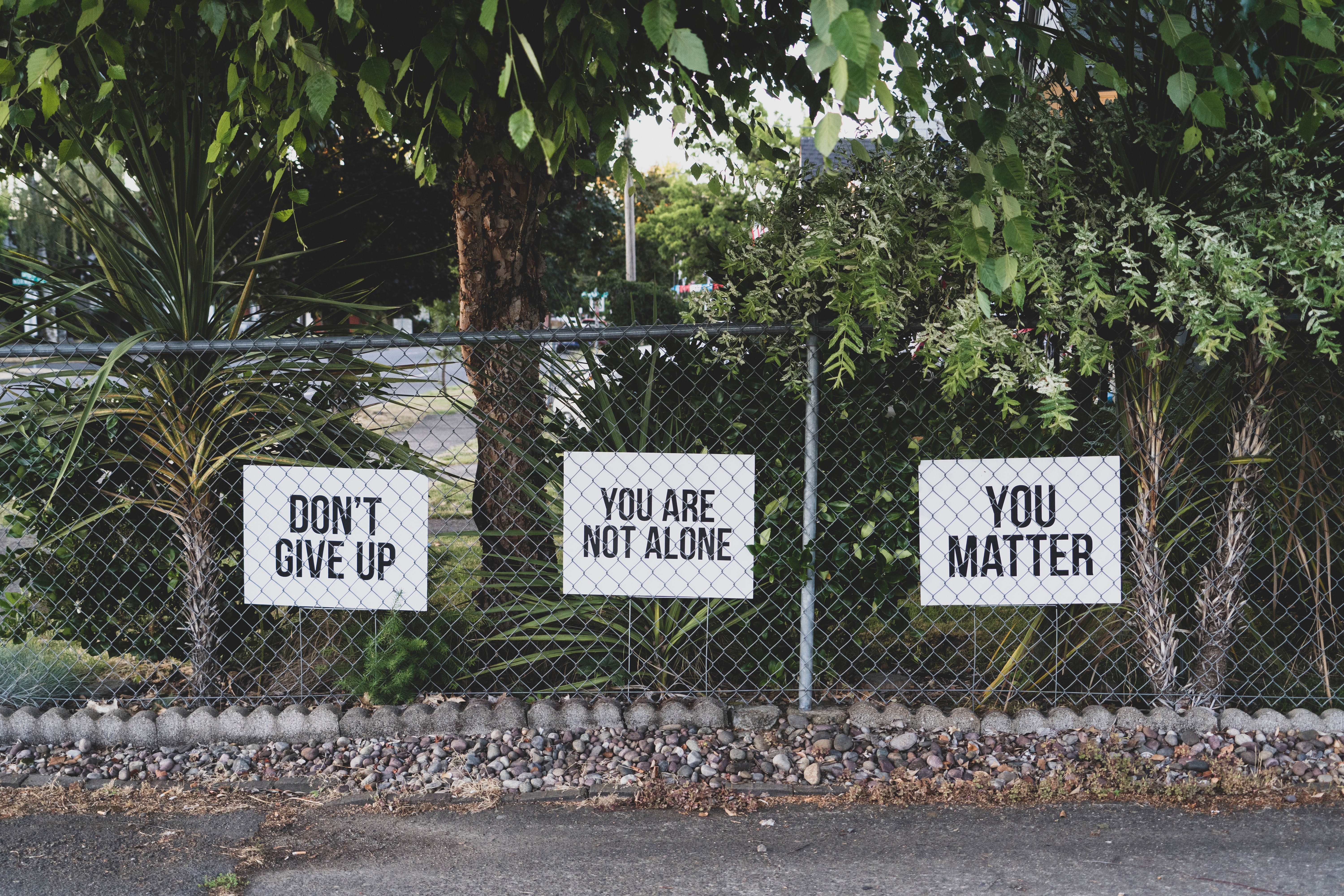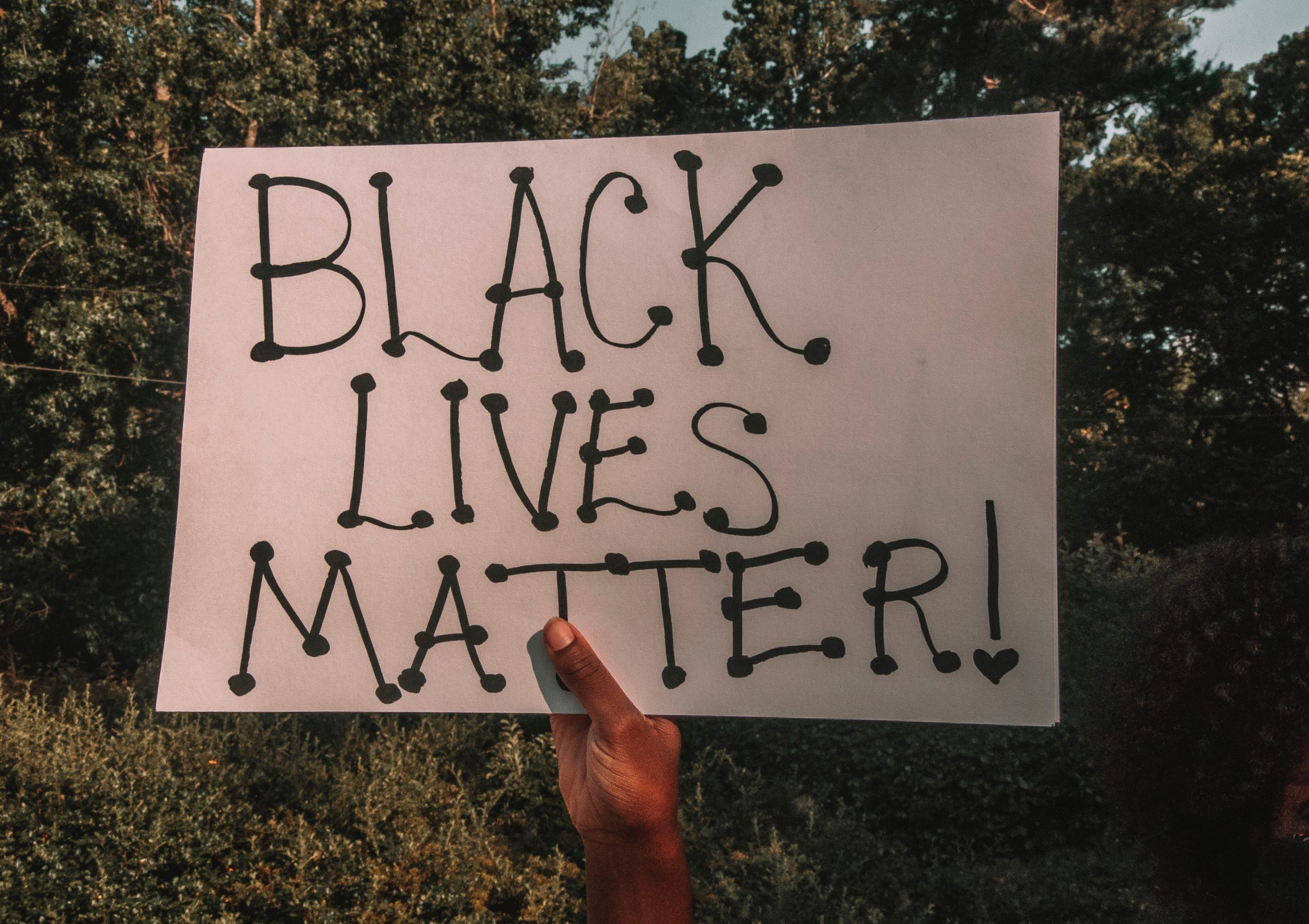Last Updated on February 6, 2020
August is National Immunization Awareness Month (NIAM) in the United States. This is the time of year when children and teenagers are heading back to school, toddlers are entering preschools or daycare programs, and many adults are heading into college or continuing their careers in the workforce. Regardless of the situation, the need for getting vaccinated is important to be aware of year round.
 Vaccines are a vital part to healthcare at all stages of life and offers the best protection available against many potentially devastating illnesses. The Center for Disease Control and Prevention (CDC) encourages parents to follow an immunization schedule for babies and young children, protecting them from 14 life-affecting diseases. Pre-teens and teenagers should begin to innoculate against meningococcal diseases (meningitis or septicemia) and HPV (Human Papillomavirus, which can lead to cancer). Adults should continue to protect themselves with a yearly flu shot.
Vaccines are a vital part to healthcare at all stages of life and offers the best protection available against many potentially devastating illnesses. The Center for Disease Control and Prevention (CDC) encourages parents to follow an immunization schedule for babies and young children, protecting them from 14 life-affecting diseases. Pre-teens and teenagers should begin to innoculate against meningococcal diseases (meningitis or septicemia) and HPV (Human Papillomavirus, which can lead to cancer). Adults should continue to protect themselves with a yearly flu shot.
An important element of immunization awareness is to protect our populations through “herd immunity”—when a high percentage of a population is vaccinated they protect individuals who have not developed an immunity. Babies are protected by their mother’s immune system at birth and continue to be passed antibodies from their mother’s breast milk; however, surrounding infants with people who have been vaccinated further protects them from serious diseases. Some individuals may be allergic to certain vaccines, leaving them without the benefit of immunization and largely depending on herd immunity from the surrounding populations throughout their lives.
Measles was declared eliminated from the United States in 2000, but that didn’t stop an outbreak of over 120 cases in the U.S. in 2015. No medicine can be considered 100% effective; the measles vaccine is 93-97% effective with one or two doses, respectively. Measles is so highly infectious that 90% of unvaccinated people who come close to an infected person will contract the virus. Being unvaccinated for infectious diseases is not only putting oneself in danger of serious illness and possibly death, but also the community at large.
According to the World Health Organization (WHO), 1 in 5 children are missing routine immunizations. With nearly 20% of the world’s population at risk for diseases such as measles, whooping cough, and other preventable diseases, there are close to 1.5 million deaths annually that could be averted.
In a previous blog post, we shared a graph that compared the morbidity of illnesses from the years before the vaccine was developed to the year 2000. All the applicable diseases—smallpox, diphtheria, measles, mumps, whooping cough, polio, rubella, tetanus, and influenza type b—decreased in morbidity in the United States by 95-100%. The CDC estimates that with vaccines they will save 732,000 American lives and prevent 21 million hospital visits for Americans born in the last 20 years.
For those in need of assistance, our database of free, low-cost, and sliding-scale clinics has information on over 6500 clinics that offer immunization services. Search your ZIP code to find medical clinics near you that may offer free or low-cost immunizations. Pharmaceutical companies also offer Patient Assistance Programs (PAPs) such as Vaccine Patient Assistance Program. Call our toll-free helpline for more information at 1-800-503-6897 Monday through Friday 9am through 5pm Eastern Time.





